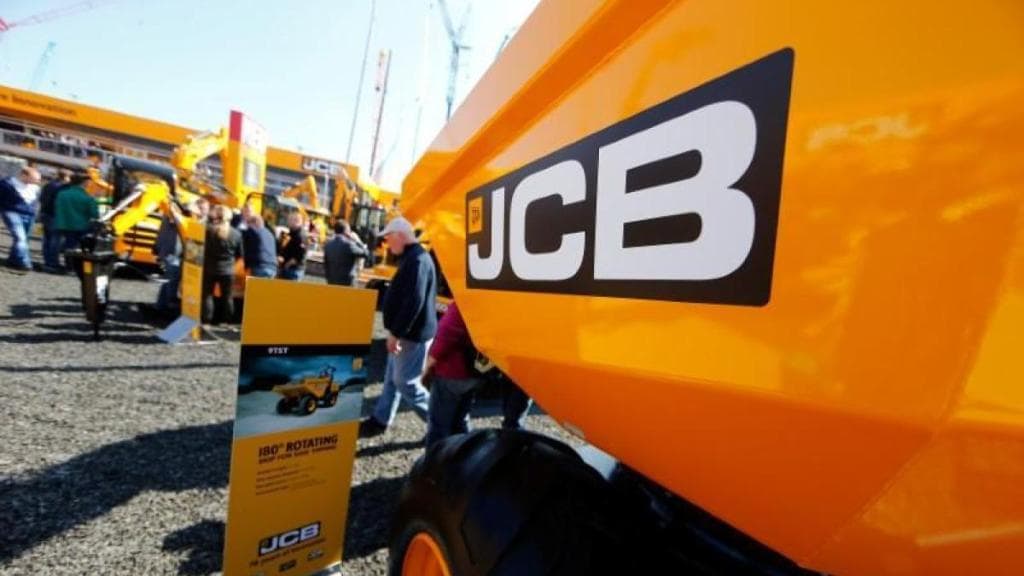With rising spending on infrastructure going on across the country, the construction equipment industry has been seeing a surge in demand for excavators, which led to a 4x growth in the next seven to eight years.
According to Deepak Shetty, CEO and managing director, JCB India, India is at number three in excavator manufacturing in the world behind China and the US and is soon going to be the second largest manufacturer in the world. From around 85,000 units annually, the country is all set to churn out 2,50,000 units by 2030 because of the infrastructure spent on roads, railways and mining.
Excavator use and applications are increasing in the country and JCB is ready to meet this requirement and expand excavator volumes, Shetty said. “It took 15 years to sell 50,000 excavators in the country but now 50,000 units have been sold in two years,” he said.
JCB India is looking at selling more excavators in India and expects to sell around 20,000 machines this year. BEML Bengaluru is the largest excavator maker in the country, with JCB at the second position in the country. The top four to five companies have a lion’s share of the Indian excavator market.
JCB’s current capacity is at 25,000 units annually. JCB manufactures excavators at its plat in Talegaon, Pune, with a capacity to manufacture 25,000 units, and has rolled out 40,000 machines with a high degree of localization.
The company makes excavators ranging from 1.6-tonne mini excavators, which work in congested spaces, to the large 38.5-tonne excavators used in marble mining, with 16 different models. The 38.5-tonne excavator is used for bulk excavation and mining work. JCB India has just launched a range of new-generation, digitally-enabled excavators, fitted with advanced telematics to meet diverse applications in the market. The company manufactures 60 products in nine categories and sells through 60 dealers and 700 outlets, with part warehouses at Pune, Bengaluru, Bhaproda, Kolkata and Guwahati, supported by 8,500 engineers.
JCB excavators are also being exported to over 80 countries. If new emission standards come into play, India could also be exporting a larger number of excavators across the globe, Shetty said.
A gradual shift from backhoe loaders to excavators was expected in the Indian market. The higher productivity of excavators and their ability to do heavy-duty jobs was driving this shift. The backhoe loaders will continue to exist and be used where it was difficult to take excavators.
Rating agency CRISIL estimates construction equipment revenue to grow 14-15% this fiscal on a high base of around 29% last fiscal. In volume terms, the sector should see all-time high sales of 1.2 lakh units this fiscal, CRISIL said.
Poonam Upadhyay, director, CRISIL Ratings, said the increased pace of road construction, accounting for around 40% of construction equipment demand augurs well for the sector’s growth. “Manufacturers are also seeing healthy demand from the real estate and mining sectors, and from contractors of bridges, airports and metro corridors. In addition, some amount of pre-buying of equipment is also likely towards the last quarter of this fiscal, with the sector migrating to CEV Stage-V2 emission norms from April 1, 2024, which will increase equipment prices,” Upadhyay said.
The sector would see better operating leverage and modest capex to keep credit profiles stable this fiscal, driven by continued government focus on infrastructure build-out, especially roads, metros and railways, including projects under the National Infrastructure Pipeline, CRISIL said.


